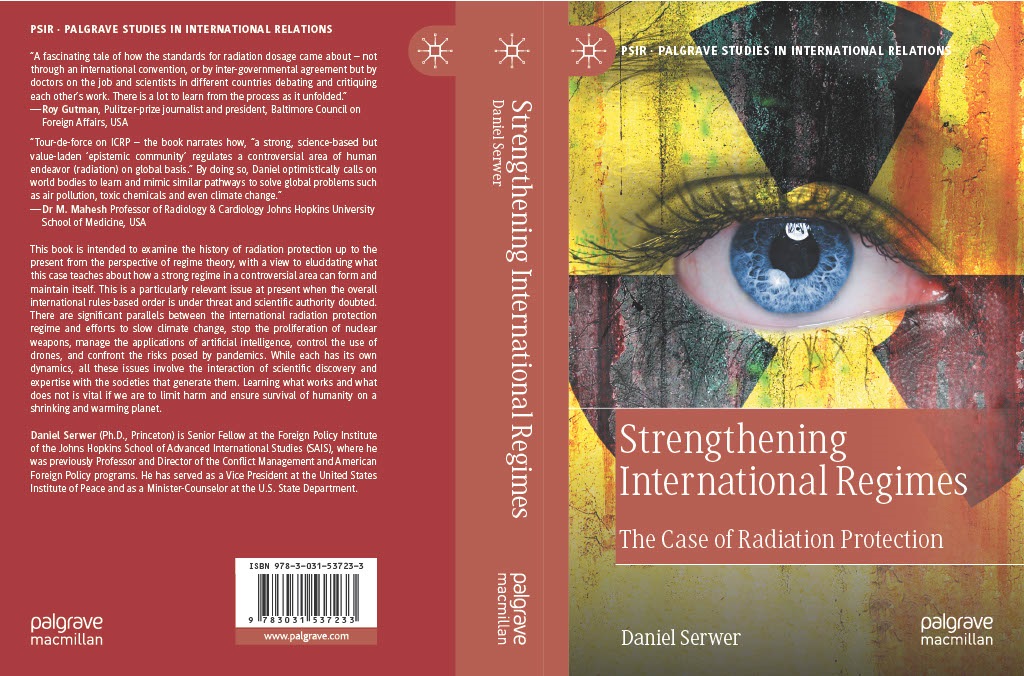Iran’s predicament incentivizes nukes
Iran is the biggest loser in the Middle East over the past year. Israel has been attacking Gaza for 14 months without restraint. Iran’s Hamas ally has lost most of its military capability and virtually all of its governing authority. Israel has also destroyed the bulk of Lebanese Hizbollah missiles and thousands of cadres. The Iran-friendly regime in Syria is gone, to the benefit of Iran’s rival Turkiye. Israel is now battering the Houthis in Yemen. The Americans are joining in.
Greater Israel
October 7, 2023 traumatized Israel’s citizens. Israeli Prime Minister Netanyahu figures he can hold onto power if he can eliminate the prospect of another such nightmare. To do this, he wants a Greater Israel. The aim is push Israelis enemies off its borders. That Netanyahu thinks will make it impossible for Israel’s enemies to launch ground attacks.
Israel is already safe from Egyptian and Jordanian threats. This is not only because of the peace treaties. Israel provides internal security technology and intelligence that President Sisi and King Abdullah regard as vital. Both Cairo and Amman complain, sometimes loudly, about Israeli attacks on Palestinians in Gaza and the West Bank. But both Arab capitals, along with the rest of the Sunni Arab world, are happy to see Hamas destroyed.
The aim of the current ceasefire in Lebanon is to move the Iran-armed Hizbollah forces north of the Litani River. It runs about 30 km north of the border with Israel after turning towards the Mediterranean:

That won’t end rocket attacks. But it will end the risk of another ground attack, provided the Lebanese Army and UN keep Hizbollah away. Meanwhile, the Israeli Defense Force has seized a UN buffer zone on the Golan Heights. That will keep any future Syrian army or other armed force away from Israel’s border with Syria.
Where does this leave Iran?
Greater Israel makes Iran’s Forward Defense a fairy tale. It can no longer rely on Hamas, Hizbollah, or any Arab state to punish Israel for attacks on Iran. It can rely only on the Houthis, whose drone and missile capabilities have grown enormously. But so far they are unable threaten strategic targets in Israel or cause significant numbers of human casualties.
The Iranian regime is shaky in other ways as well. The economy is moribund. Energy is in short supply, despite the country’s big gas and oil reserves. Sanctions have hurt infrastructure and finance. Mismanagement is rife. The currency is weakening:

So too are the Islamic Republic’s social constraints. Emigration is increasing. Women are resisting the hijab:
Reasserting authority and legitimacy
Under attack in the region and weak at home, the Islamic Republic also faces an impending leadership transition. While Supreme Leader Khamenei’s health status is unclear, he is 85. Iran failed to respond to the last Israeli attack on its military sites in October. It has been ineffectual in preventing Israel from killing leading Hamas, Hizbollah, and Iranian figures in the “axis of resistance.” Even loyalists must be wondering when they will see a more vigorous leader.
There is one sign of vigor. Iran has re-accelerated production of highly enriched uranium. It would be surprising if hardliners in the Islamic Revolutionary Guard Corps were not arguing for nuclear weapons. They are a possible fallback defense, one that has worked well for North Korea.
Unlike North Korea, Iran has good reasons not to go all they way to building or deploying nukes. That would create uncertainty in Israel that could lead to a pre-emptive strike. But transparently assembling all the material and technology needed for nuclear weapons might serve Iran well as a deterrent. The deterrent might work not only against an Israeli attack. It might also against a Trump effort to squeeze the sanctions tighter.




 RSS - Posts
RSS - Posts
